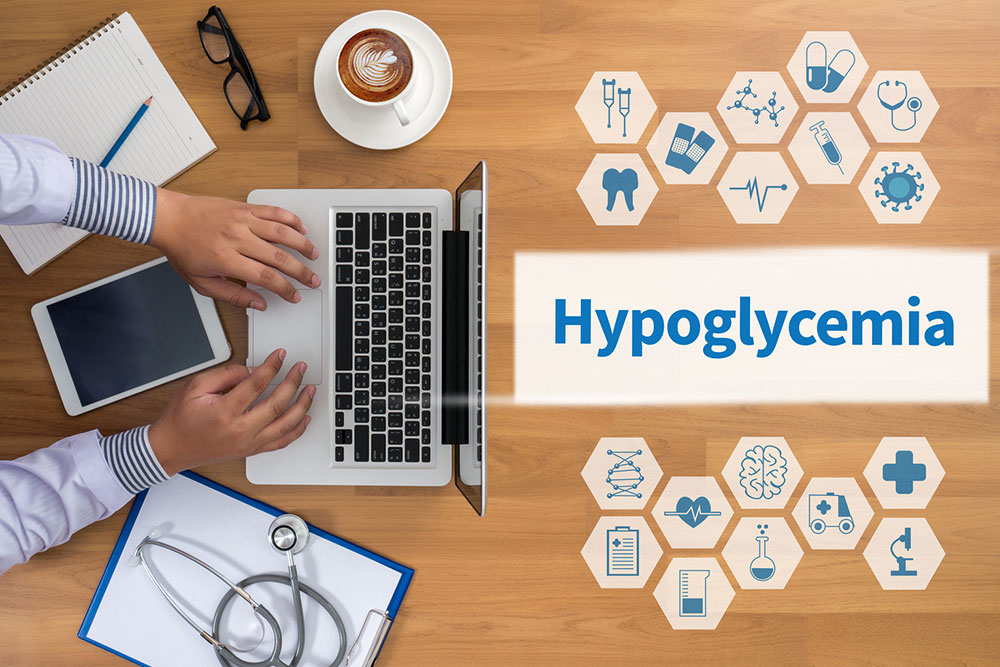
Diagnosis and treatment of hypoglycemia
Hypoglycemia is a health condition that occurs when the levels of sugar or glucose in the blood are extremely low. It is not a disease but a symptom of other health conditions. This condition is generally found in diabetics and affects them due to issues with medication, food, and exercise. Although diabetes is a major risk factor, hypoglycemia also affects others due to a variety of reasons. There are two types of hypoglycemia:
- Reactive hypoglycemia
This condition occurs after a few hours of having a meal. It occurs due to the presence of too much insulin in the blood. Causes for this disorder are pre-diabetes, stomach surgery, and enzyme defects. - Fasting hypoglycemia
This condition is linked to an underlying disease or caused by some medicines. It can be caused by alcohol abuse, certain medications like aspirin, low levels of certain hormones, tumors and diseases of the heart, kidneys, pancreas, and liver.
Symptoms
The symptoms of hypoglycemia are hunger, sweating, dizziness, irritability, irregular heartbeat, sleepiness, and pale skin, and they worsen as the blood sugar levels decrease. The symptoms of severe hypoglycemia include blurred vision, confusion, seizures, and loss of consciousness.
Diagnosis
To diagnose non-diabetic hypoglycemia, the doctor might conduct a physical examination of the patient and ask questions to know their medical history. The doctor might ask the patient to fast until they experience the symptoms and check their blood glucose levels at different times. They will review the glucose levels after the patient becomes normal, and the doctor might also conduct a Mixed Meal Tolerance (MTT) test if they suspect reactive hypoglycemia.
If one is a diabetic, the doctor can diagnose hypoglycemia by measuring their blood sugar levels when they experience the symptoms.
Treatment
The treatment for this condition is of two types:
- Immediate treatment
The immediate treatment depends on the symptoms of the patient. Early symptoms of the disorder can be treated by consuming 15 to 20 grams of fast-acting carbohydrates. Fast-acting carbohydrates include glucose tablets, fruit juice, soft drinks, and sugar candy. One should check the blood glucose level after 15 minutes of the treatment, and if the levels are still below 70mg/dL, they can consume another 15 grams of fast-acting carbohydrates. Repeat the process until the blood glucose returns to normal. Once the glucose level becomes normal, one can have a snack or meal to stabilize the glucose levels.
If the symptoms are severe and consuming fast-acting carbohydrates or sugar is not possible, one may require a glucagon injection or intravenous glucose. Patients who are prone to frequent episodes of hypoglycemia should have a glucagon kit at home, and their family and friends should know how to administer the medicine in case of an emergency. - Treatment of the underlying condition
The doctor performs tests to know the underlying cause of the disorder, and they might prescribe medications or surgery to treat the underlying conditions.
Making dietary changes and following a healthy lifestyle can help the patients of hypoglycemia keep their blood sugar levels stable. Some lifestyle changes like eating small meals at regular times, limiting the consumption of caffeine and alcohol, and regular exercise can help patients stabilize their blood glucose levels.


